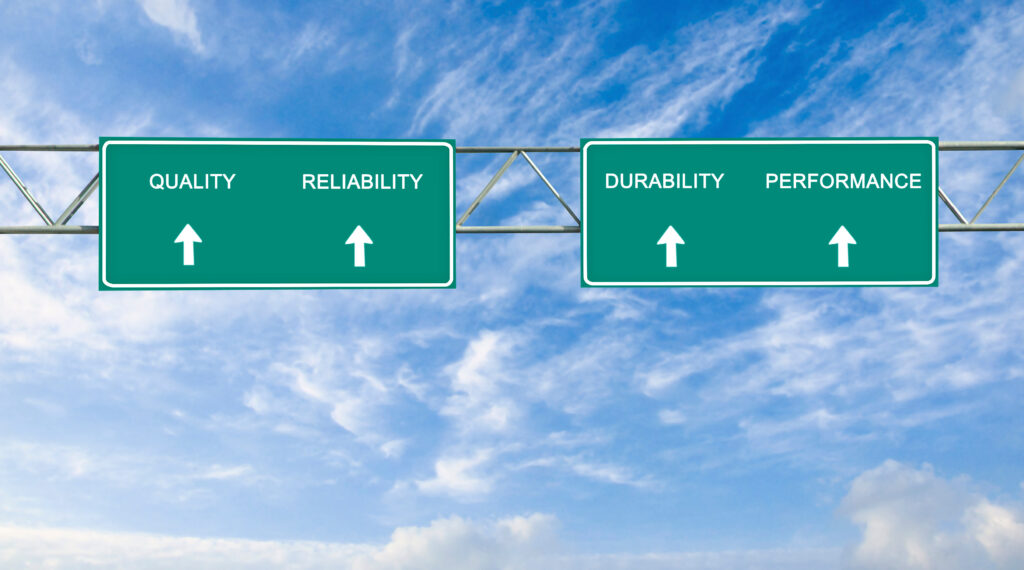The debate between cloud servers and physical (on-premises) servers continues to evolve as technology advances and business needs change. This comprehensive comparison will help you determine which option aligns best with your organization’s requirements, budget, and long-term goals.
Understanding the Basics
What is a Cloud Server?
A cloud server is a virtual server running in a cloud computing environment. Instead of being hosted on physical hardware that you exclusively use, cloud servers operate on a vast network of interconnected machines owned and maintained by a cloud provider, such as AWS, Microsoft Azure, or Google Cloud Platform.
What is a Physical Server?
A physical server, also known as an on-premises or bare-metal server, is a dedicated machine that your organization purchases, owns, and maintains within its physical location. You have complete control over the hardware, operating system, and applications running on it.
[Related Reading: The Value of Cloud Computing in the Finance Industry]
Key Comparison Factors
Initial Investment and Ongoing Costs
| Factor | Cloud Servers | Physical Servers |
|---|---|---|
| Upfront Investment | Low – No hardware purchases required | High – Significant capital expenditure for hardware |
| Payment Model | OpEx – Monthly subscription or pay-as-you-go | CapEx – One-time purchase with periodic refresh |
| Maintenance Costs | Included in subscription | Additional expense (staff, parts, etc.) |
| Scaling Costs | Pay only for resources used | Full hardware cost regardless of utilization |
| Hardware Refresh | Handled by provider | Required every 3-5 years at your expense |
| Additional Expenses | Potential data transfer fees | Power, cooling, space, and physical security |
| Long-Term Cost Predictability | Variable based on usage | More predictable after initial investment |
Performance and Reliability
| Factor | Cloud Servers | Physical Servers |
|---|---|---|
| Performance Consistency | Variable – Potential “noisy neighbor” effects | Consistent – Dedicated resources |
| Resource Control | Limited – Shared underlying infrastructure | Complete – Dedicated hardware |
| Availability | High – Built-in redundancy across data centers | Dependent on your implementation |
| Guaranteed Uptime | Typically 99.9%+ with SLAs | Based on your infrastructure design |
| Failover Capabilities | Automatic across multiple facilities | Manual unless specifically configured |
| Disaster Recovery | Built-in options with geographic redundancy | Requires additional investment |
| Latency | Varies by region and provider | Consistent for local users |
Security and Compliance
| Factor | Cloud Servers | Physical Servers |
|---|---|---|
| Security Model | Shared responsibility model | Complete control and responsibility |
| Physical Access | Managed by provider | Directly controlled by your organization |
| Data Location Control | Limited to provider’s regions | The exact physical location known |
| Security Updates | Infrastructure updates by provider | All updates managed by your team |
| Compliance Certifications | Provider maintains multiple certifications | Must be established and maintained by you |
| Data Sovereignty | Region selection options | Complete control over data location |
| Third-party Access | Provider has theoretical access | No outside access unless granted |
| Audit Capabilities | Provider-dependent | Fully customizable |
Scalability and Flexibility
| Factor | Cloud Servers | Physical Servers |
|---|---|---|
| Scaling Speed | Minutes (vertical and horizontal) | Days or weeks (hardware procurement) |
| Global Deployment | Easy deployment across regions | Requires new physical locations |
| Resource Elasticity | Scale up or down on demand | Fixed capacity once purchased |
| Minimum Commitment | None – pay for what you use | Full hardware cost regardless of use |
| Service Integration | Easy integration with cloud services | Manual integration required |
| Geographic Expansion | Simple addition of new regions | New physical facilities needed |
| Testing Environments | Create and destroy as needed | Dedicated hardware for each environment |
Control and Customization
| Factor | Cloud Servers | Physical Servers |
|---|---|---|
| Hardware Selection | Limited to provider offerings | Complete freedom of choice |
| Operating System Options | Limited to supported platforms | Any compatible OS |
| Hardware Customization | Not possible | Fully customizable |
| Specialized Workloads | May require premium instances | Can be optimized for any workload |
| Legacy System Support | Limited for older technologies | Full support possible |
| Management Interface | Provider’s dashboard and APIs | Your choice of tools |
| Hardware Upgrade Control | Managed by provider | Complete control |
Use Case Scenarios
When Cloud Servers Make Sense
- Start-ups and small businesses with limited IT budgets and expertise
- Variable workloads that require frequent scaling up and down
- Web applications and customer-facing services that need global reach
- Development and testing environments that require rapid provisioning
- Disaster recovery solutions that benefit from geographic distribution
When Physical Servers Make Sense
- Organizations with stable, predictable workloads that run consistently
- Applications with specific hardware requirements or customizations
- Highly regulated industries with strict data sovereignty requirements
- Businesses with existing data center investments and expertise
- Workloads requiring maximum performance with no variability
Hybrid Approach: The Best of Both Worlds
Many organizations are finding that a hybrid approach—combining both cloud and physical servers—provides the optimal solution. This approach allows you to:
- Keep sensitive data on-premises while running less critical applications in the cloud
- Maintain legacy systems on physical hardware while developing new applications in the cloud
- Use physical servers for baseline capacity and cloud for handling peak loads
- Create more robust disaster recovery solutions using both environments
Making the Decision: Key Questions to Ask
Before deciding between cloud and physical servers, consider these questions:
- What is your budget structure? Do you prefer CapEx or OpEx?
- How critical is performance consistency for your applications?
- What security and compliance requirements must you meet?
- How quickly do you need to scale resources up or down?
- What level of control do you need over your infrastructure?
- What is your organization’s in-house IT expertise?
- Where are your users located geographically?
- What is your tolerance for downtime and data loss?
There’s no one-size-fits-all answer to the cloud vs. physical server debate. The right choice depends on your organization’s needs, resources, and long-term strategy.
Cloud servers offer agility, scalability, and reduced management overhead at the cost of some control and potentially higher long-term expenses. Physical servers provide maximum control and potentially lower long-term costs, but require a significant upfront investment and ongoing maintenance.
For many organizations, the future lies not in choosing one over the other but in strategically leveraging both in a hybrid infrastructure that maximizes the advantages of each approach. As you evaluate your options, prioritize aligning your server infrastructure with your business objectives over following industry trends.
Whichever path you choose, ensure it supports your current needs and allows for adaptation as your business evolves in our increasingly digital world. We specialize in helping businesses like yours make informed IT decisions. Whether you focus on enhancing collaboration, improving data security, or cutting costs, we can guide you toward the cloud services solution that best aligns with your objectives. Contact us today to discover the ideal solution for your business.
Streamline your data management with expert advice on cloud versus physical servers. Contact us to learn how IT cloud solutions can transform your operations.





